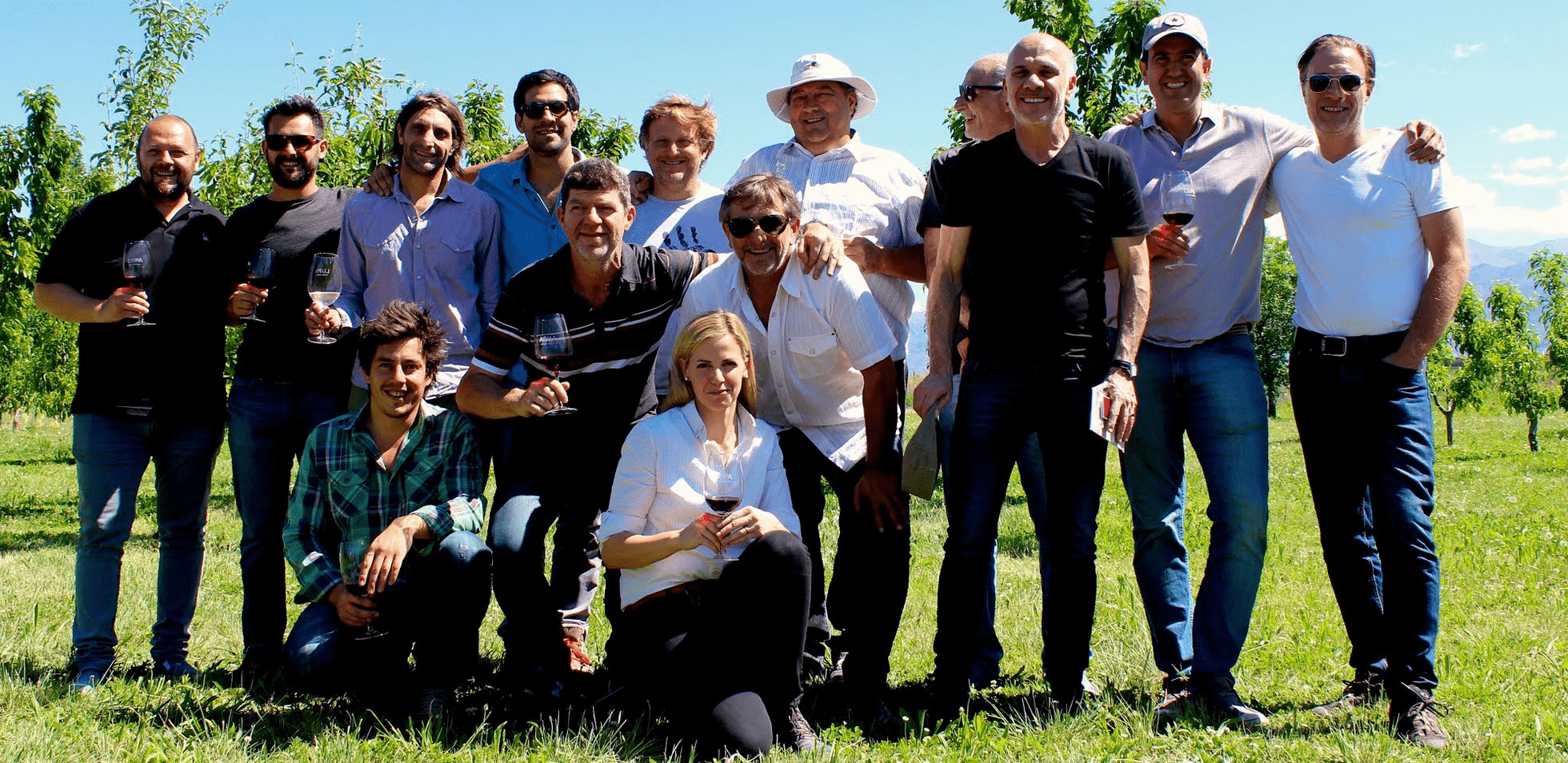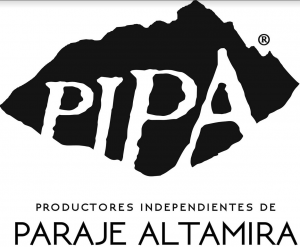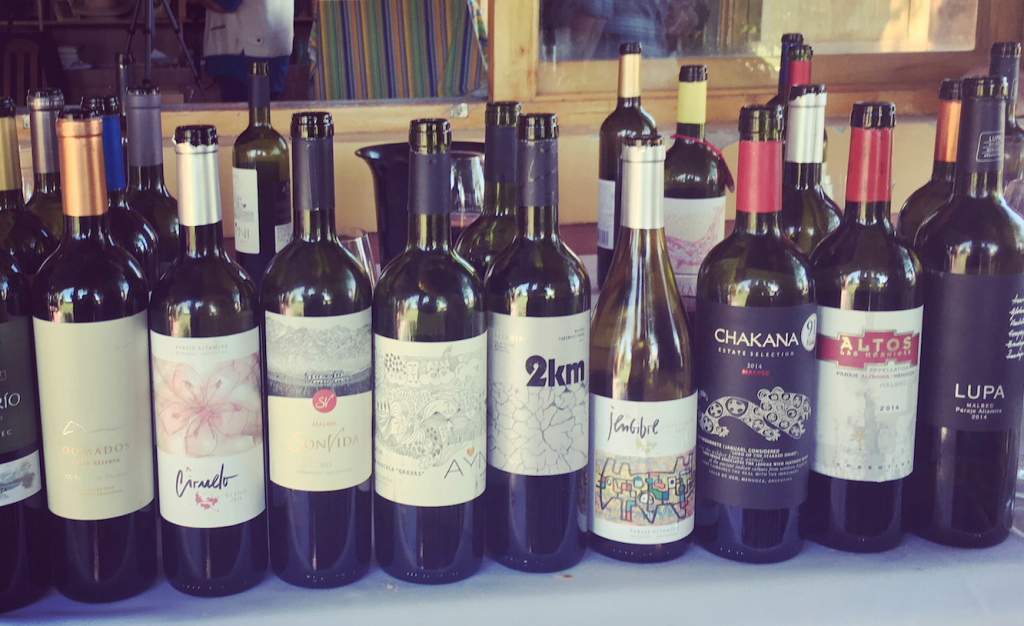At the beginning of November, the first independent vintners association for Paraje Altamira GI was launched in Mendoza. PiPA (Productores Independendientes de Paraje Altamira, or Independent Producers of Paraje Altamira) is an association of 12 wine producers within the Paraje Altamira GI who are coming together to form a communications and representation body for one of Argentina’s newest appellations.
Much like splinter groups in neighbouring Chile, like MOVI and VIGNO, and other wine regions around the world, the goals of PiPA are to represent something particular. In this case it is Paraje Altamira, and the small producers within it.
Paraje Altamira GI and the future micro regions of the Uco Valley
Paraje Altamira GI (or Paraje Altamira IG in Spanish) was the first Geographical Indication in Argentina to be based on soils studies, rather than political boundaries. Based on an alluvial cone in the Uco Valley, the soils have a combination of sand, stones and loam, however what is most important is the layer of calcium carbonate underneath. This is what producers believe that in combination with the altitude (all over 1000m altitude) give the wines their unique character.
With soil-based GIs imminent for Gualtallary and Los Chacayes, there are already talks of more regional, representative bodies like PiPA for each of the new regions. Is this a new era of regional identity in Argentina?
 The PiPA producers
The PiPA producers
Here are the 12 PiPA producers to date:
Adrian Río
Adrián and his wife Andrea have been cultivating vines since the 90s, but in 2007 they decided to go one step further and build their own winery: Bodega Laderas de los Andes. Today they have a 43 hectare estate of teenage vines of Malbec, Cabernet Sauvignon, and Syrah. Bernardo Bossi Bonilla (best known as Head Winemaker of Casarena) is their winemaker.
Altos Las Hormigas
A well-known brand not only because of the quality of their wine, but also the quality of the winemakers. Altos is the project of world renowned Italian winemakers Alberto Antonini and Attilio Pagli, in partnership with Chilean terroir consultant Pedro Parra, and with Chilean winemaker Leo Erazo making the vino. Terroir Malbecs have always been their game, and now they are part of the terroir of Altamira with their 25 hectare Malbec vineyard.
Squeeze pour: Their delicious Appellation Series Altamira Malbec.
Chakana
Chakana is a producer based in Lujan de Cuyo’s Agrelo region (where it has 150 hectares), however, one of their most prized spots is their Altamira vineyard (41 hectares). The conditions of Altamira are not only favourable for Malbec, but they also make Pinot Noir and Chardonnay from the region. In order to get closer to the true terroir they are transitioning into organic and biodynamic viticulture.
Domados
With some of the oldest vineyards in the group, Domados boasts vines that date back to the 1920s as well as some newer vines planted 30 years ago. The vineyards have been passed down three generations in the family winery, and today Daniel Spigatin continues the legacy his grandfather started. The family are of Italian origin and you’ll find a homage to their ancestry in a few of their wines – including their prosecco-method sparkling Semillon and Chardonnay.
Finca Beth
Finca Beth started as a project between five friends, all in their 50s, who were looking to invest in Altamira for a side project. They planted vineyards and walnut trees, and aimed both products to the highest quality possible. Top wineries in the region began buying their grapes and sooner or later, they caught the wine bug. Working with the Michelini brothers in winemaking, Finca Beth’s first wine was launched from the 2013 harvest and has since almost doubled in production to 3000 bottles today. The plan is to stick to less than 5000 though.
Squeeze pour: 2km is a lip-smacking, juicy blend of Cabernet Franc and Malbec.
Finca La Igriega
Although the name might not make much sense in English, it means the ‘Y’ estate. Why Y? It means ‘and’ in Spanish. And owner Marcelo Goldberg, who has a successful career in fashion in Buenos Aires, believes that life doesn’t have to be about ‘or’, it can be about ‘and’. The family wine project has managed to unite great terroir with top winemaking and their Malbec is already up to production of 10,000 bottles a year. The winemaking is under the hand of Felipe Stahlschmidt, who is Head Winemaker at Pascual Toso.
Finca Las Glicinas
This family wine project started in 2003 when they bought some vineyards in Altamira, that were planted in 1999. With a dream to make wine, like their Italian ancestors had done centuries before them, they started making their own Malbec, Chardonnay and a red blend. Today they have 40 hectares in Altamira and produce 10,000 bottles a year.
Finca Suarez
Finca Suarez began four generations ago when Leopoldo Suarez decided to plant vineyards in Altamira. He fell in love with winemaking and was fueled by passion, but fell on bad times – as many in Argentina did during that period. The vines were lost, but that land wasn’t. And Leopoldo’s son and grandson replanted the abandoned vineyard to start the family legacy once again. Today Juanfa Suarez looks after the family’s 50 hectares on which they have Malbec, Cabernet Sauvignon, Chardonnay, Pinot Noir, Semillón and Merlot.
Squeeze pour: The delightful Semillón filled with the freshness of Altamira.
Read more about Finca Suarez.
Lupa Wines
Juan Pablo Lupiañez worked in the wine industry for many years, but didn’t make his own wines until recently. He knew the value of old vines and so when he set out to start his new business, as a grape producers and vigneron, he sought out old vines in Altamira. Today he has 42 hectares of vineyards up to 60 years in age, and from those he picks a select handful to make his garage production of 10,000 bottles of Malbec.
Squeeze pour: A concentrated and rich Malbec with ageing potential.
SonVida
An Argentine-Anglo couple of journalists started SonVida as a way to enjoy the finer things in life: the Argentine countryside and making great wine. With 21 hectares of Malbec, Cabernet Sauvignon, Syrah, Chardonnay and Cabernet Franc, they mainly sell their grapes and make just two wines under their own brand: a Malbec and Cabernet Sauvignon.
Squeeze pour: There surpisingly aren’t many great Cabernet Sauvignons in Mendoza – SonVida is one of them.
Teho
Alejandro Sejanovich and Jeff Mausbach have a handful of different wine brands between them in all sorts of corners around Argentina. Teho is their more Altamira-focused brand, and they make top Cabernet Franc and Malbec (and blends) from their 15-year-old vineyard within Paraje Altamira. Teho means ‘blood of the earth’ in the native language, and these are their terroir-driven wines.
Squeeze pour: Teho Cabernet Franc is a herbal and floral delight.
Traslapiedra
Read it quick enough and you won’t notice, but ‘tras la piedra’ means behind the stone, and this blend is aimed at reflecting what Altamira can taste like – rather than just one varietal. Malbec, Cabernet Sauvignon, Merlot and Pinot Noir come together in a fruit-driven blend. This is the most boutique of all the PiPA producers, with just 1 hectare to its name.
Tip: Make sure to take a look at the mind-boggling bottle design before drinking too much!


